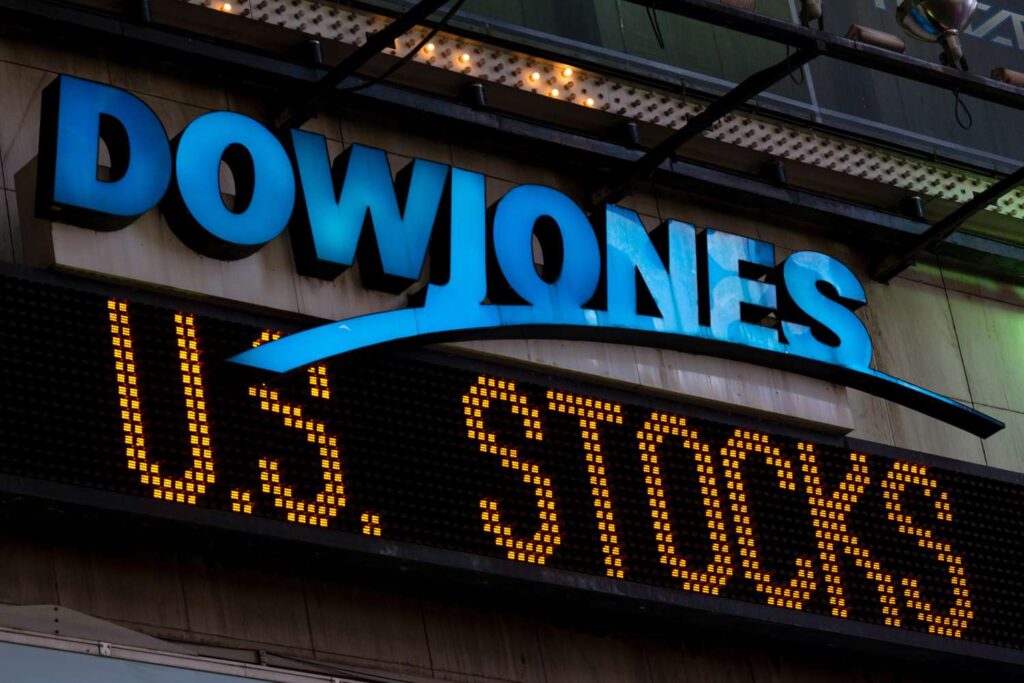Contents
Introduction:
In an unexpected move that has sent shockwaves through global markets, President Donald Trump announced sweeping tariffs on imports, leading to a dramatic decline in Dow Futures. As of Wednesday night, the Dow Futures Industrial Average futures plummeted by 1,100 points, or 2.7%, signaling potential turbulence ahead for investors.
The Tariff Announcement:
Dubbed “Liberation Day” by President Trump, the new tariff policy imposes a general 10% import tax, with higher “reciprocal tariffs” of up to 50% on various countries. China faces a particularly steep levy of 34%, while the European Union and Japan are hit with 20% and 24% respectively. The President justified these measures by stating that other nations had exploited the U.S., and these tariffs would restore fairness.
Market Reaction:
The immediate aftermath of the announcement saw significant volatility across global markets:
- Dow Futures: Fell by over 1,100 points, a 2.7% decline.
- Nasdaq Futures: Dropped 3.2%, reflecting concerns in the tech sector.
- S&P 500 Futures: Experienced a 3% decline.
Investors reacted strongly, with significant sell-offs in sectors like banking and small-cap companies, which are more vulnerable to economic downturns. Conversely, there was a notable shift towards safer investments such as gold, the Japanese yen, and U.S. Treasurys, indicating heightened recession concerns.
Sector-Specific Impacts:
The fashion industry, heavily reliant on Asia-based supply chains, is particularly vulnerable. The tariffs have caused major disruptions, increasing costs for brands and consumers while creating planning uncertainty. Many companies are reevaluating sourcing strategies and facing margin pressures, especially in footwear, where compounded tariffs can raise costs by over 15%.
Global Response:
International reactions have been swift and varied:
- European and Asian Markets: Experienced sharp declines, with London’s FTSE 100, Germany’s DAX, and Japan’s Nikkei all losing significant value.
- Foreign Governments: Countries like Canada, Australia, and the UK, although facing lower tariffs, expressed disappointment and planned measured responses. The EU and other nations are preparing countermeasures but hope to negotiate.
Investor Guidance:
In light of these developments, investors should consider the following strategies:
- Diversify Portfolios: Ensure investments are spread across various sectors and asset classes to mitigate risks associated with specific industries affected by tariffs.
- Monitor Safe Havens: Pay attention to assets like gold and government bonds, which may offer stability during market volatility.
- Stay Informed: Keep abreast of ongoing trade negotiations and policy changes that could further impact markets.
Conclusion:
The implementation of these extensive tariffs marks a pivotal moment for the global economy, introducing significant uncertainty into financial markets. Investors are advised to remain vigilant, stay informed, and consider diversified strategies to navigate the potential challenges ahead.
Next Read -> Nike Stock Soars or Stumbles? 5 Shocking Trends Investors Must Know!

